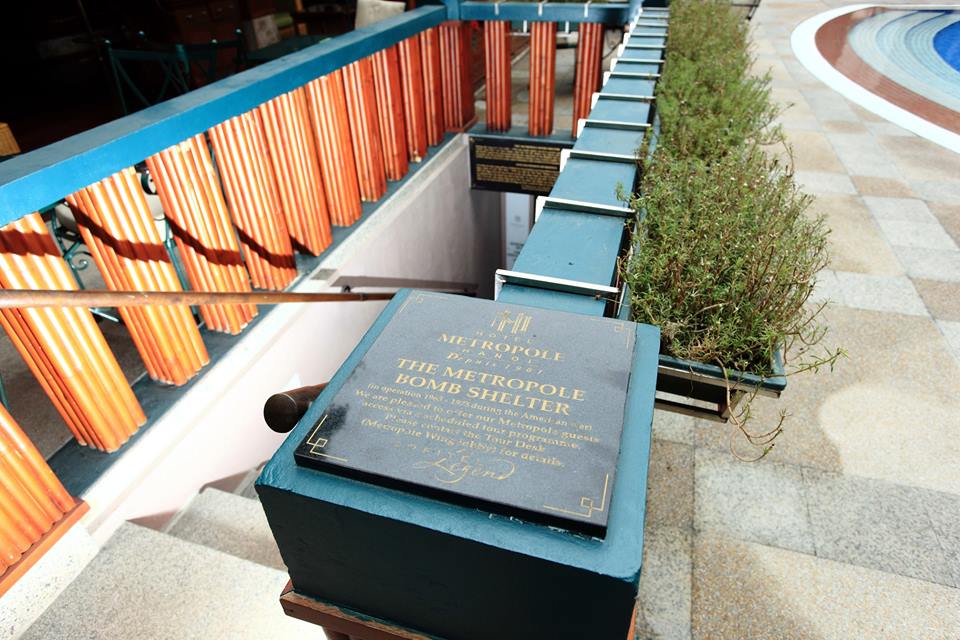Skift Take
Historic hotels should do a better job in playing up what has occurred behind their walls. The hard-earned patina can be unique in a world that emphasizes the sparkling and new.
When writing about travel and hospitality, a lot of time is spent dissecting the shiny and new. Much time is spent looking at concept brands, analyzing bleeding edge tech or shifting cultural trends, plus vetting the startups that are trying to redefine how we move from one place to the other.
But lately, I have been thinking about other hidden differentiators that hotels aren’t always playing up, as well: The timeless things under the hood, and the latent differentiators that can stand out to a certain audience.
History is one of them and it is critically underused. In contrast to the sparkling new, there’s something wonderful about a hotel that has stood the test of time, that has been a witness to historical events and makes guests feel like they are part of something bigger. There’s a magic feeling when it is done well.
These grand hotels have a sense of place, purpose, and feeling that imbue them with something more meaningful than a plucky boutique. But the way that this history can be presented is sometimes an afterthought, in the background, or a few pictures in a hallway that will stand out and appeal to the attuned guest.
But I think some hotels should position their historical stories front and center, and make them a core pillar of how they market themselves.
Here are a few hotels from my recent travels that do a good job in reveling in their history, playing it up, and making it a truly memorable experience for the guests that stay.
The Metropole Hanoi
Opened in 1901, the French colonial hotel the Sofitel Legend Metropole Hanoi has an impressive diplomatic history, and has played host to the likes of Charlie Chaplin, Jane Fonda, and Joan Baez. And, of course, it served as home base for Graham Greene while he wrote the Quiet American.
The hotel also doesn’t shy away from its history with the Vietnam War, offering tours of the bomb shelter next to the stately pool that was built in 1960 to protect guests and staff from U.S. air raids. While the hotel has been rebuilt and refurbished over time, the historical charms remain, and conjure up both romance and depth.
The Jefferson
In Washington, D.C, the Beaux Arts-styled Jefferson Hotel is a perfect-sized boutique hotel with 99 rooms, and it celebrates all things Thomas Jefferson. Its stately library houses books from his interest areas, and original historical documents including a check he wrote to a carriage driver.
The Presidential Suite features six original copperplate engravings showing Parisian life at the time Jefferson was in Paris. The hotel has had several lives, notably as a home for military personnel during World War 2, and also served as a military headquarters. The hotel doesn’t bombard you with its history; rather the touches elegantly reveal themselves throughout the course of a stay.
The Langham London
My favorite hotel in London, the Langham London just off of Regents Park, was built in 1865. During World War 2, the hotel housed U.S. Army personnel until it was damaged in the German air strikes. Following the war, the BBC occupied the property as an ancillary accommodation to the headquarters across the street.
Guy Burgess, one of the notorious “Cambridge Five” spies who betrayed their country to the Soviets, was also a resident. The hotel has beautifully preserved its history, and staying there feels like elegantly being transported to another time, down to to the manners, decorum, and formal dress of the staff.
The Taj mahal PaLACE Mumbai
The Taj Mahal Palace Mumbai opened in 1902, and was the first sight for ships arriving into the port. About 10 years after the opening, the Gateway to India monument was built next to the property. The hotel was converted into a hospital during War War 1, and was the first hotel in India to be powered by electricity.
In 2008, the hotel was attacked in a siege that ravaged Colaba, the southernmost part of Mumbai, resulting in 31 deaths of hotel guests. After re-opening, the hotel built an absolutely moving monument to those who died that is a must-visit to understand the impact of the attacks.
Now back in fine form with one of the world’s most stately pools, and iconic Palace Wing suites, the BBC documented the inner workings of the hotel’s service in a four-part series, Hotel India. It shows the behind-the-scenes secret sauce of the hospitality at one of the world’s best hotels. It is a must-watch for hospitality fans.
Chateau Marmont hotel
One of the most iconic Los Angeles hotels, the Chateau Marmont is known for its absolute discretion. It housed Howard Hughes and F. Scott Fitzgerald, and Led Zeppelin rode their motorcycles through the lobby. The ghosts of old world Hollywood and the countless tales of bad behavior add to the patina and mystique.
Have a confidential tip for Skift? Get in touch
Photo credit: Pictured is the entrance to the bomb shelter that was used by guests and staff at the historic Metropole Hanoi hotel during the Vietnam War. Hotels should emphasize their history; some do it well, others miss an opportunity. The Metropole Hanoi Hotel
